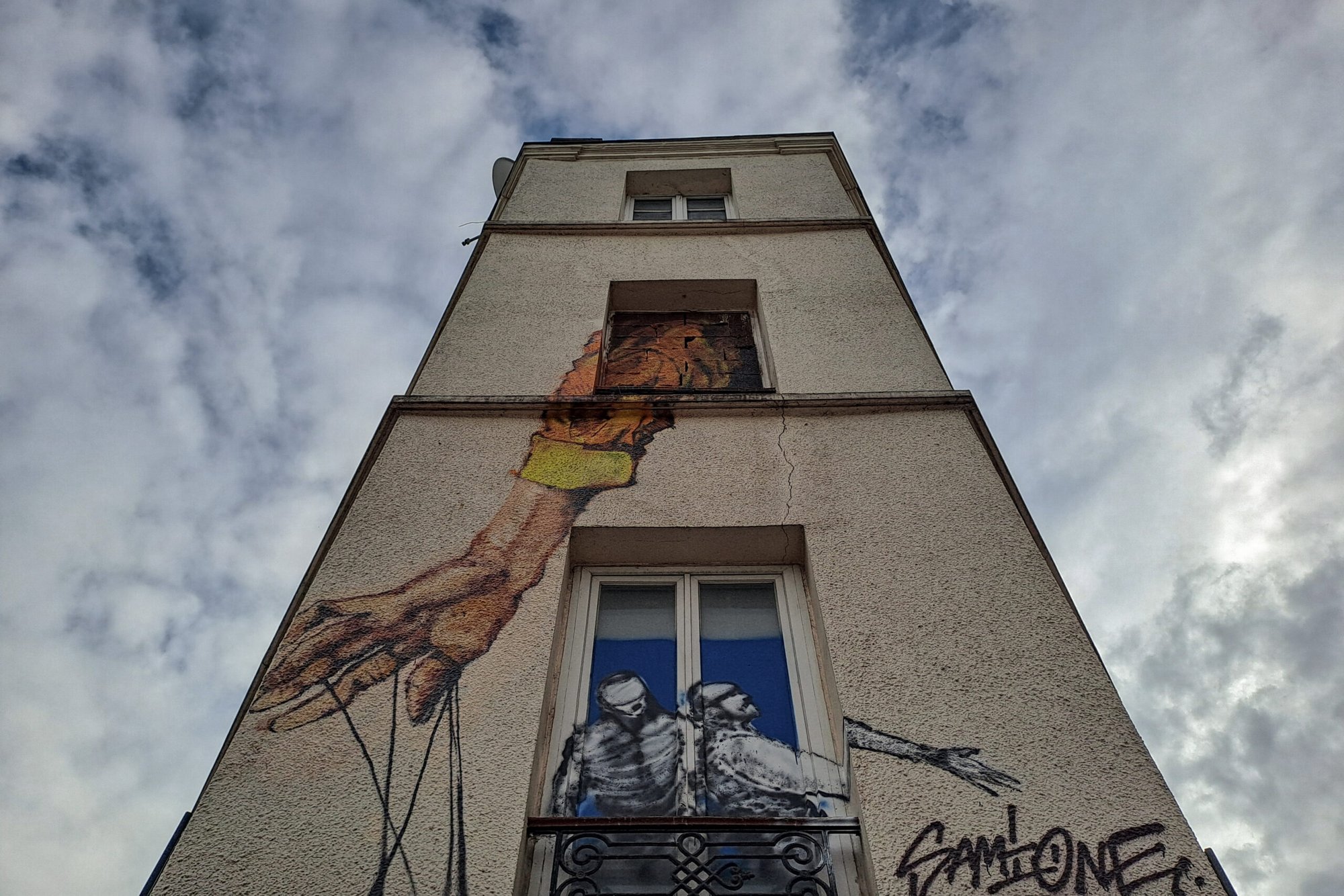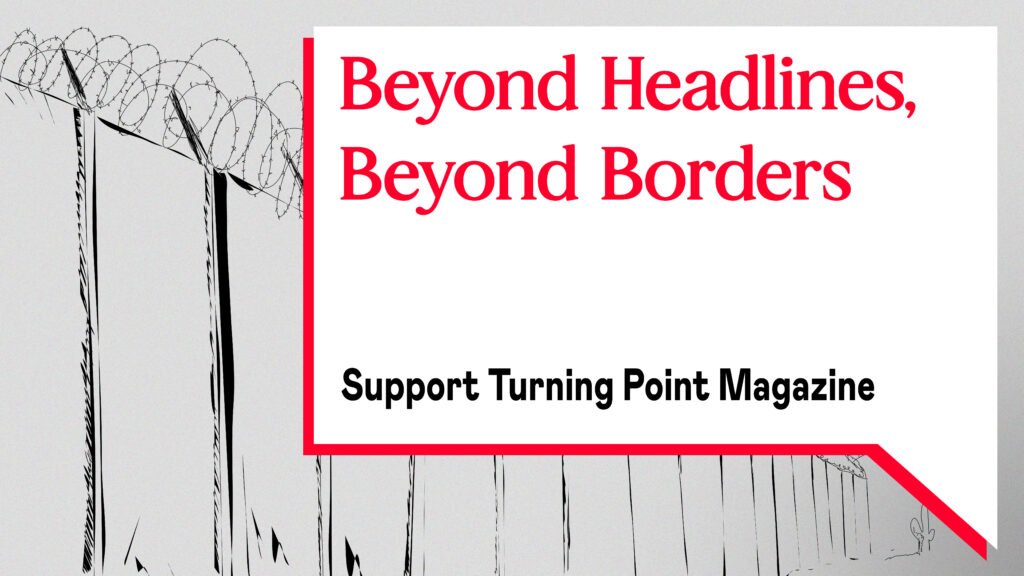Cover photo: France, Paris, July 2025: Street art by Samione on an abandoned building in a suburb of Paris. ©Maryam Ashrafi
In June 2021, EU members met in Lisbon to pledge to combat homelessness. They formed a platform whose goal is to eliminate the social blight by 2030 through a series of investments, encouraging national strategies, and cooperation amongst member states. Needless to say, homelessness has surged ever since, and the crisis is deepening. Around 1.3 million people in Europe do not have a roof over their heads, which is the highest number ever registered. The European Social Policy network reported a 70% increase in rough sleepers in the last decade. The Covid pandemic has aggravated the situation, whilst affordable housing is a pipe dream for too many.
The housing crisis continues to fuel inequality, putting millions at risk everywhere in Europe, including the UK. In other words, this shows the human toll of structural failure.
Therefore, it should come as no surprise that we, at Turning Point, decided to revisit the housing crisis in this upcoming month. Compared to 12 months ago, when we published an issue around this theme, the problem is only getting worse, and the solutions are far from concrete in any way. When housing becomes an asset, an increasing number of people are bound to be excluded. According to Eurostat, one in ten tenants spends over 40% of their income on housing costs. On top of that, there is a lack of political will, stagnant wages, the cuts in public housing, and overall criminalization of house. This is not just a market problem but a generational and political challenge. Furthermore, housing is a social right.
Housing remains a national issue with little or no coordination on the European level. Nonetheless, since last year, several cities have put forward new strategies with mixed results. After Barcelona, Amsterdam, Florence, and Krakow have also set up anti-Airbnb regulations. Paris and Berlin have introduced rent caps. The Netherlands, Ireland, and Sweden promised some planning reforms but faced some political resistance.
At the same time, the most important cities in Europe continue to experience mass tourism, which is detrimental to both the environment and the residents’ living conditions, often forcing them to move to the suburbs to vacate their homes for travelers.
“Venice receives millions of visitors annually, with daily peaks sometimes exceeding 100,000 people—a level of pressure that is unsustainable for a city built on water and grappling with a dwindling social fabric,” journalist and activist Anna Irma Battino writes for Turning Point. Venice has been in the world news after Jeff Bezos rented the city center for his wedding, blocking access to everyone. However, Venice’s housing crisis is no accident, but the result of deliberate choices made by the local administration.
Then we will move to Marseille, France. The photographer Anthony Micallef revisits Rue d’Aubagne, where a building collapse in 2018 left residents displaced. In conversation with the photo editor Alice Santinelli, they reflect—through Micallef’s book on the topic, Indigne toit—on the current housing conditions of those affected. This tragic event unveiled political responsibility and a reflection about how urbanization can erase or support social inequality.
In Madrid, Spain, the Villalba Housing Assembly (AVV) is fighting to prevent the deterioration of their community as state and corporate forces encroach on the 1315 squat, one of the largest autonomous housing collectives in Europe. Challenges around crime and safety have given the assembly and advocates for 1315 the tasks of making their community safe, maintaining the buildings and services for the residents, and resolving disputes with a consensus approach. The exterior forces of the state and corporate interests are cobelligerents to the forces of urban decay and crime. Community focused-resolution has helped navigate tragedies and avoid much of the violence that comes with state intervention.





